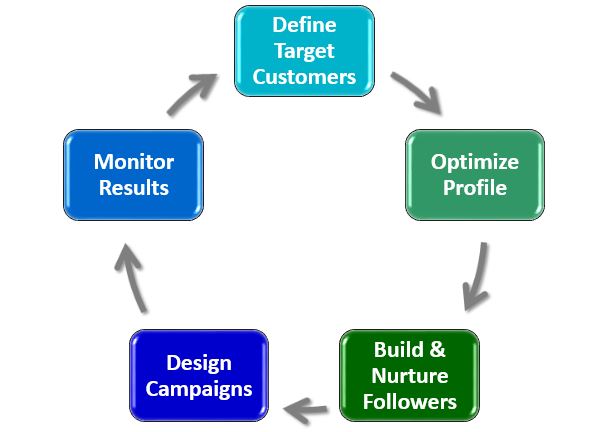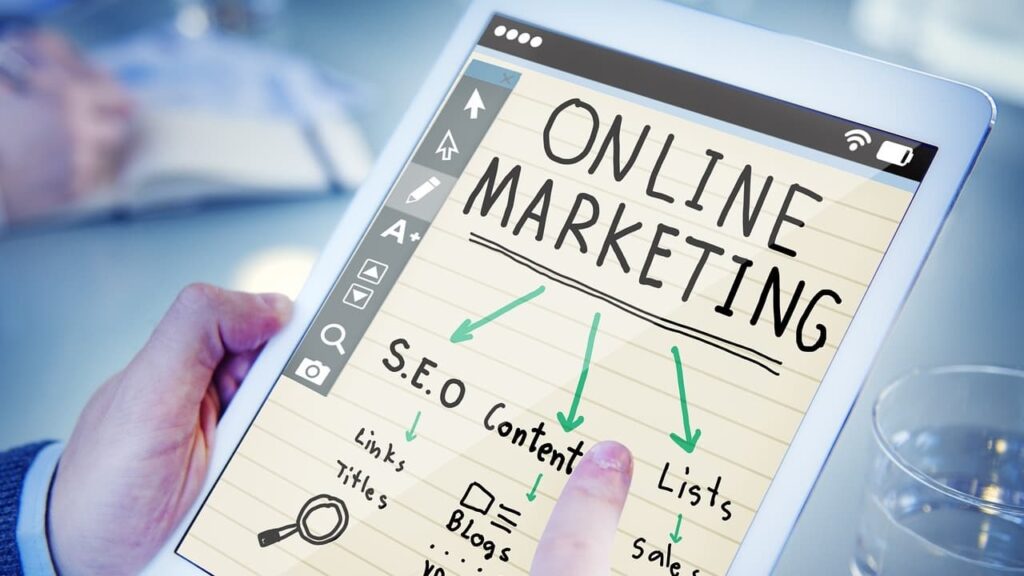
With over 400 million active professional members, LinkedIn is a goldmine for lead generation yet many businesses struggle to use it effectively. Although it may seem that the world is at your fingertips, the reality is that finding and pursuing leads on LinkedIn requires time, patience, and dedication. If you feel that your customers are on LinkedIn and you are ready to roll up your sleeves, commit to a systematic approach and give this channel the attention it deserves, this post is for you.
LinkedIn is 100% dedicated to the professional interests of its members and it comes with its own set of cultural rules and expectations. Many LinkedIn members treat this network as a place to be selective – connecting only with those that they already know or truly wish to know. To generate leads on LinkedIn, you must be respectful of this culture. Success requires that you tailor your profile and daily activity to consistently address the needs of your target audience and demonstrate that you would be a valuable connection.
The following framework shows how I approach lead generation on any social network, but today I will go through each step from the perspective of LinkedIn. This post is focused on process and for the sake of brevity does not go into great depth. For additional information, please refer to the resources section at the end of this post.

1. Develop a clear vision of your target customer.
Every business has target customers with very specific characteristics and needs. Capturing what you know about your target customer in a written document is an essential first step in lead generation that is often referred to as developing a buyer persona.
Buyer personas are written documents that describe the people who make up your target audience in great depth. They include not just demographic data but detailed information about who these people are and what keeps them up at night. Having this information available as you craft posts and other material helps to ensure that every communication is designed to meet the needs of your target audience.
LinkedIn can be a terrific resource for gaining a better understanding of your target audience. Join groups that your customers are likely to engage with and listen to the conversations that take place. Pay attention to what the thought leaders in your industry share on LinkedIn Pulse and take note of the comments. Identify people among your current connections who are representative of your target audience and tune in to the types of things that they share. Then capture all of this information in your buyer persona document for use in the next step.
2. Optimize your profile to speak to your target customer’s needs.
Once you have a clear vision of who your target customer is, use this information to ensure that your profile will be appealing to them. Many people have LinkedIn profiles that read like a resume, but if you already have a job and are using LinkedIn to generate leads it is time to rewrite your profile to be customer, not employer-focused. Your customers don’t care if you met your quota 10 years in a row. They want to know how doing business with you will help them succeed.
For instance, the default headline on LinkedIn is your job title, but headlines are prime real estate because they are searchable and are often the first and last chance you have to make an impression. Your headline should include keywords that your target customers will search for and it should give them a reason to view the rest of your profile by telling them what you can do for them.
3. Grow and nurture your connections.
Now that you have designed your profile to speak to the needs of your target audience it is time to get to work. Achieving results from LinkedIn requires regular activity so decide how often you will engage with your LinkedIn community and put it on your calendar. This can be as simple as dedicating 30 minutes Monday, Wednesday, and Friday to checking in and engaging in an activity such as:
- Sharing information of value for your target customers like relevant articles or your original blog posts and SlideShare presentations.
- Promoting others in your community by interacting with their posts or congratulating them on successes.
- Participation in group discussions.
- Making new connections with people you meet in groups, on other social platforms, or in person. Just be sure to personalize your connection requests to remind them of who you are and why you would like to connect.
- One-on-one interactions. Look for reasons to reach out to your contacts individually. When people change jobs, get promoted, or when they simply come to mind because you read a relevant article take the opportunity to send them a personal message. If nothing else you will create goodwill, but you may also have the opportunity to turn a contact into a qualified lead simply by reaching out at the right time.
These are just a few examples of how you can engage on LinkedIn. Make it your goal to be visible through relevant and regular activity so that you are top-of-mind when someone finds themselves in need of your services.
4. Design Campaigns.
Once you have established a presence on LinkedIn, you can work to achieve specific, measurable results through both organic and paid means. To drive traffic to your website, for example, you might create an original blog post for LinkedIn Pulse or a SlideShare presentation with a call to action. Share this post with your connections to achieve organic results or expand your reach with more intention by exploring LinkedIn’s paid options. Engaging in paid promotional activity requires careful research, planning, and experimentation but it is an opportunity to tap into LinkedIn’s vast network of professionals with a targeted approach.
5. Track Your Results.
However you decide to engage on LinkedIn, set goals, track your results, and adjust your activity accordingly. With your personal profile, you can track metrics such as the number of views your profile receives and the success of your posts. Company pages have access to more detailed analytics for each post and if you choose to engage in paid advertising, you will have deep visibility into every aspect of this activity. Use this information to continuously refine every step of this cycle so you can improve over time.
Conclusion:
Although the precise way we go about using LinkedIn to generate leads is impacted by the constraints of the platform, the process is the same as on any other social channel. Develop your profile and social activity to speak to the needs of your target audience and grow your connections by sharing useful information, promoting others in your community, and engaging in conversation. Once you are comfortable and ready to engage in promotional activity, explore the offerings of your social network and experiment to see what works best for you. Set goals and monitor the results of both your organic and paid efforts then adjust your behavior accordingly.


